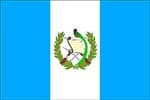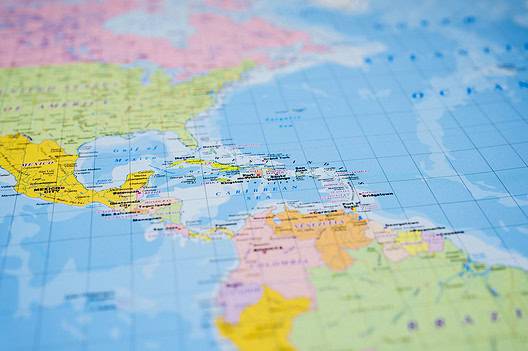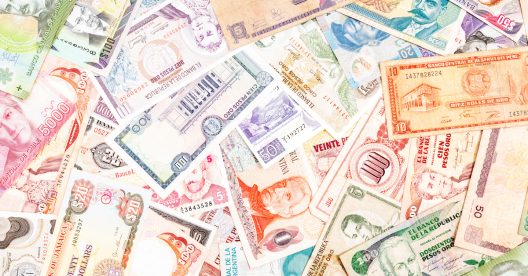Includes historical data for Guatemala’s Gross Domestic Product growth, debt-to-GDP ratio and more, as well as information on trade, banking and financial sector leadership.
Central America’s Largest Economy
Guatemala, the most populous country and the largest economy in Central America, benefits from abundant mineral, natural and agricultural resources, as well as a rich cultural heritage that makes it a popular tourist destination. In recent decades, this nation has also achieved relatively stable levels of economic growth, with free trade agreements with the US and the European Union being among the drivers of such progress.
Still, Guatemala faces persistent challenges when it comes to increasing competitiveness and attracting investments. Economic growth has not translated into substantial poverty alleviation, which remains particularly severe among indigenous groups. Structural inefficiencies and bureaucratic hurdles, corruption and complex labor regulations stifle business initiatives. Additionally, heavy reliance on remittances, political and social instability, security concerns and a shortage of skilled workforce impede efforts toward sustainable development.
Macroeconomy & Sovereign Data
| Type of Government | Presidential republic |
|---|---|
| Capital | Guatemala City |
| Sovereign Ratings |
S&P: Selective default Moody’s: Not rated Fitch: BB |
| Total Population | 19.4 million |
| Median Age | 23.2 |
| Adult Per Capita Income (PPP) | 16,115.71 |
| Total GDP (2023) | 110.0 billion |
Guatemala GDP & Economic Overview
Most Recent Content
Guatemala
Banking & Finance
Trade & Investment
| Total Exports | USD 28.8 billion (2023) |
|---|---|
| Leading Exports |
Clothing Bananas Coffee Palm Oil Cardamoms Raw Sugar |
| Total Imports | USD 16.5 billion (2022) |
| Leading Imports |
Refined Petroleum Broadcasting Equipment Cars Packaged Medicines Delivery Trucks Clothing And Apparel |
| Source: | World Integrated Trade Solution |
Guatemala Leading Companies
| Banco Industrial | Financials |
|---|---|
| Banco de Desarrollo Rural (Banrural) | Financials |
| Grupo G&T Continental | Conglomerates, Financials, Consumer Staples, Industrials |
| Cervecería Centro Americana | Consumer Staples, Brewers |
| Grupo Cofiño Stahl | Conglomerates, Consumer Staples, Real estate, Financials |
| Pollo Campero | Consumer Discretionary, Restaurants |
| Grupo Pantaleón | Consumer Staples, Food Products |
Major Trade Partners — Import
| United States | 33% |
|---|---|
| China | 16% |
| Mexico | 10% |
| El Salvador | 5% |
| Costa Rica | 3% |
Major Trade Partners — Export
| United States | 32% |
|---|---|
| St. Vincent and Grenadines | 13% |
| Honduras | 10% |
| Nicaragua | 6% |
| Panama | 2% |
Global Finance Rankings & Awards
Data Sources:
UN World Population Prospects
World Inequality Report
S&P Global Ratings
Moody’s
Fitch Ratings
IMF Direction of Trade Statistics (DOTS)
UN Conference on Trade and Development (UNCTAD)
CIA The World Factbook
World Bank’s World Integrated Trade Solution
Forbes Global 2000







